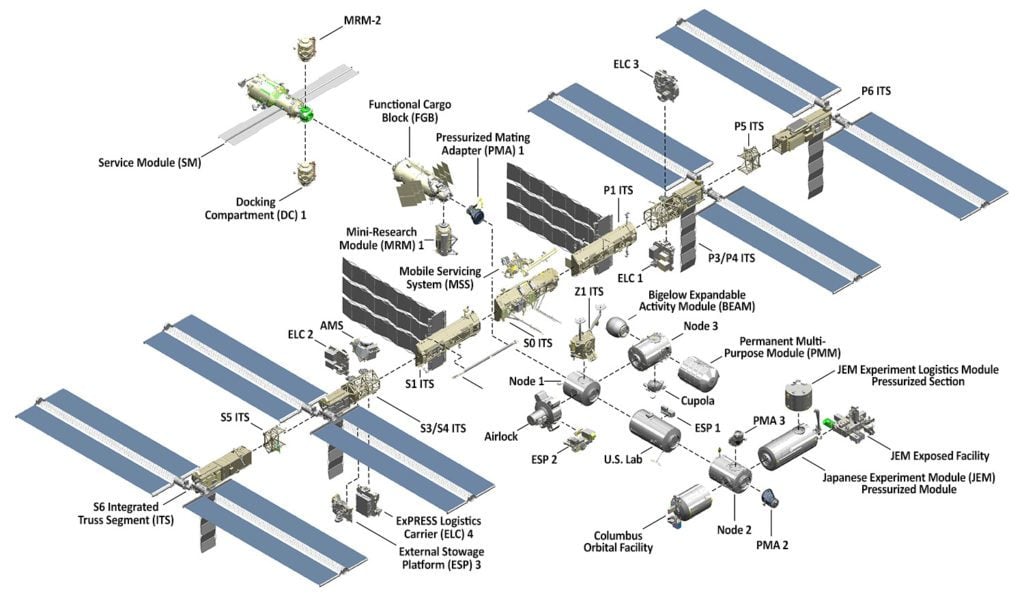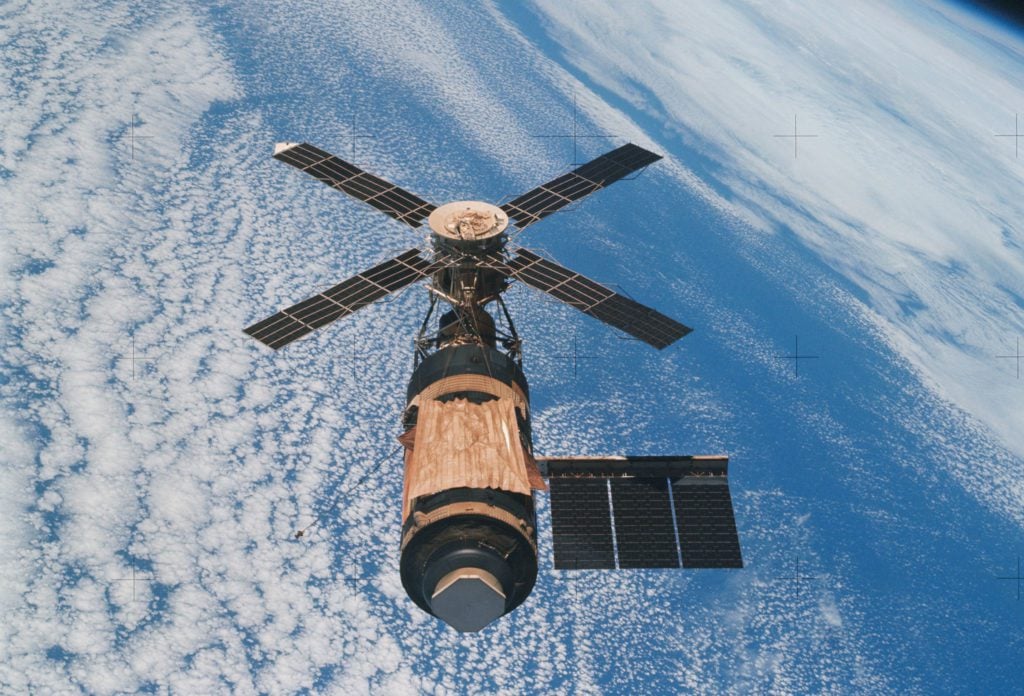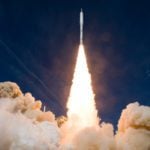Space Stations
Space Stations
Written by: Space Foundation Editorial Team
Space stations allow astronauts to conduct research and experiments in space over a long duration. The largest and most sophisticated of these is the International Space Station (ISS). Since the first module was launched into low Earth orbit in 1998, the ISS has grown with modular additions from the principal space agencies involved in building and operating the space station: NASA, Roscosmos, the European Space Agency (ESA), the Japan Aerospace Exploration Agency (JAXA) and the Canadian Space Agency (CSA). To date, 237 astronauts from 18 countries have visited the ISS.
Components of the ISS
The ISS is composed of numerous modules and research tools that allow astronauts to work and live in space. Some of the core ISS components include:
Remote Manipulator System: Robotic arm built by CSA, “Canadarm2.”
Columbus Laboratory: ESA-built and operated research module, shared with NASA.
Japanese Experiment Module: The JAXA-built and operated research module, “Kibo,” is the largest ISS module.
Zarya and Zvezda Modules: Functional Cargo Block module (Zarya) launched in 1998; life-support system service module (Zvezda) launched in 2000.
Unity, Destiny, Harmony and Tranquility Modules: Unity launch in 1998, Destiny lab in 2001, Harmony Node 2 utility hub in 2007, and Tranquility module in 2010.
Cupola Observational Module: The observatory module with seven windows for direct observation of the station and Earth.
Solar Array: Eight solar array wings each 112 ft long, generating as much as 120 kilowatts.
Other Space Stations
Aside from the ISS, three nations (U.S., Russia and China) have independently launched and operated space stations.
Soviet Space Program Salyut 1, 3-7: Beginning with Salyut 1 in 1971, the Soviet Space Program launched and operated six more stations, culminating in Salyut 7, which operated for nearly 9 years.
NASA Skylab: The United States’ first space station, Skylab was visited three times from 1973-1979.
Soviet Space Program Mir: Mir was the first modular space station. Beginning in 1986, it remained in use for 15 years, first by the Soviet Space Program and later by the Russian space program.
CNSA Tiangong 1 and 2: China’s first experimental space stations launched in 2011 and 2016, respectively.




